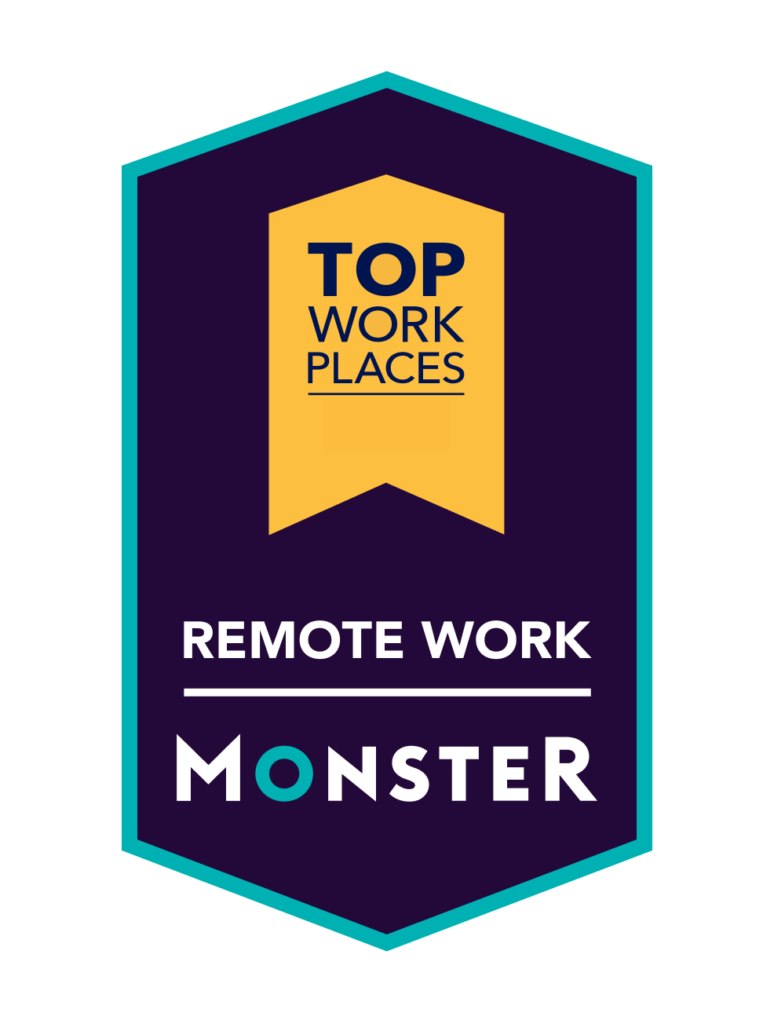By Jason Hallock, MD
Imagine if we invested the same amount of time, energy, and money in building out our virtual care delivery as we have in building out our hospitals, our outpatient centers, and our offices?
I’ll come back to that vision in a moment—but first, I want to recall just how much of our healthcare system is dominated by what Paul Keckley called “The Myth That Refuses to Die.” The myth, he wrote in a 2018 Health Care Blog post, is that all healthcare is local.
The lessons of COVID-19
For what it’s worth, COVID-19 may just put an end to that myth.
Take, for example, what has happened in New York over the past two months. We had the governor go on television with an urgent plea for more healthcare providers from around the country to travel to New York to care for patients. We had a shortage of PPE equipment, the result of broken or national and international supply chains not up to the task. We had New York importing coronavirus cases from Europe, and then exporting them to areas throughout the rest of the United States.
Hindsight is always 20/20, and as we look back on the early days of the virus we can now see more clearly how we were not prepared for this. What happened in New York was only one failure of this tragedy. Looking back, we can now also see a failure of our nation’s healthcare system to properly flex to the needs of the moment.
Now, as outbreaks continue to appear in other cities across the country, we cannot look on them as merely a local problem. We cannot, as Keckley wrote, hold onto the myth that all healthcare is local.
Geographic disparities are not failures
Exhibit A in our localized idea of healthcare is, in Keckley’s telling, the “hospital referral regions” developed by Dartmouth in 1996. Originally meant to highlight geographic disparities in the delivery of Medicare, these HRRs “remain today as the basis for regulation of our healthcare system,” he wrote.
COVID-19 has led to a raft of waivers which begin to break down this focus on geography. Many states, including New York, have waived their “certificate of need” laws, which require hospitals to go through a cumbersome regulatory process of showing that there is a need before they expand bed capacity.
Clearly, in the face of a rapidly evolving pandemic, those kinds of requirements are not a good idea. What will be left to a future debate is whether they are a good idea in “normal” times either.
After all, our population is highly mobile, and about to become more so. As Keckley pointed out, people are increasingly traveling for their healthcare, whether it’s for a better cancer treatment facility, or internationally for relatively straightforward surgeries which have simply become too expensive in the U.S.
Often left out of this discussion is that physicians themselves are not evenly distributed geographically, and they never will be. Most physicians have strong preferences about where they want to live, and can usually write their own ticket.
It’s about time we begin to think of geographic variations in healthcare delivery—and consumption—not as a failure, but as the rule. This is the reality to which we must match our investment.
The AWS of healthcare
In 2002, Amazon launched Amazon Web Services (AWS). The new service arrived to little fanfare, but has since come to be recognized as the backbone of America’s startup culture.
Before AWS, a new company had to build out its own location-dependent infrastructure: computer, software, and hardware. That meant investing in expensive servers, building an internal network, and hiring staff who could operate and manage it all. Needless to say, scaling up was expensive, hard, and slow.
Today, startups around the world leverage AWS (or one of its competitors, like Microsoft’s Azure) to avoid those difficulties. AWS and other platforms like it have dramatically lowered the barriers to entry, and to scaling.
Healthcare today is like the technology sector pre-2002, though everywhere we are seeing breakthroughs. Spurred on by the challenges of COVID-19, barriers meant to protect incumbents and tie healthcare delivery to a specific region are falling.
Telemedicine is growing like it has never grown before because telemedicine is the solution to so many of the current challenges of COVID-19, including protecting healthcare providers, mobilizing remote surge capacity, serving as a kind of nationwide system for hospital capacity management, and more.
Within 72 hours, health systems with providers spread throughout states and regions can now transform their providers into a virtual telemedicine workforce capable of shifting capacity as necessary. However, telemedicine is not just about solving the problem at hand now, it is also about the care delivery system we will need in the new-future, which is near.
Which returns me to the original vision: what if we invested as much time, energy, and money into developing this virtual infrastructure as we did into the physical spaces themselves?
This is the challenge of our industry. The myth that all healthcare is local is finally broken. Now we have to invest for the future.








